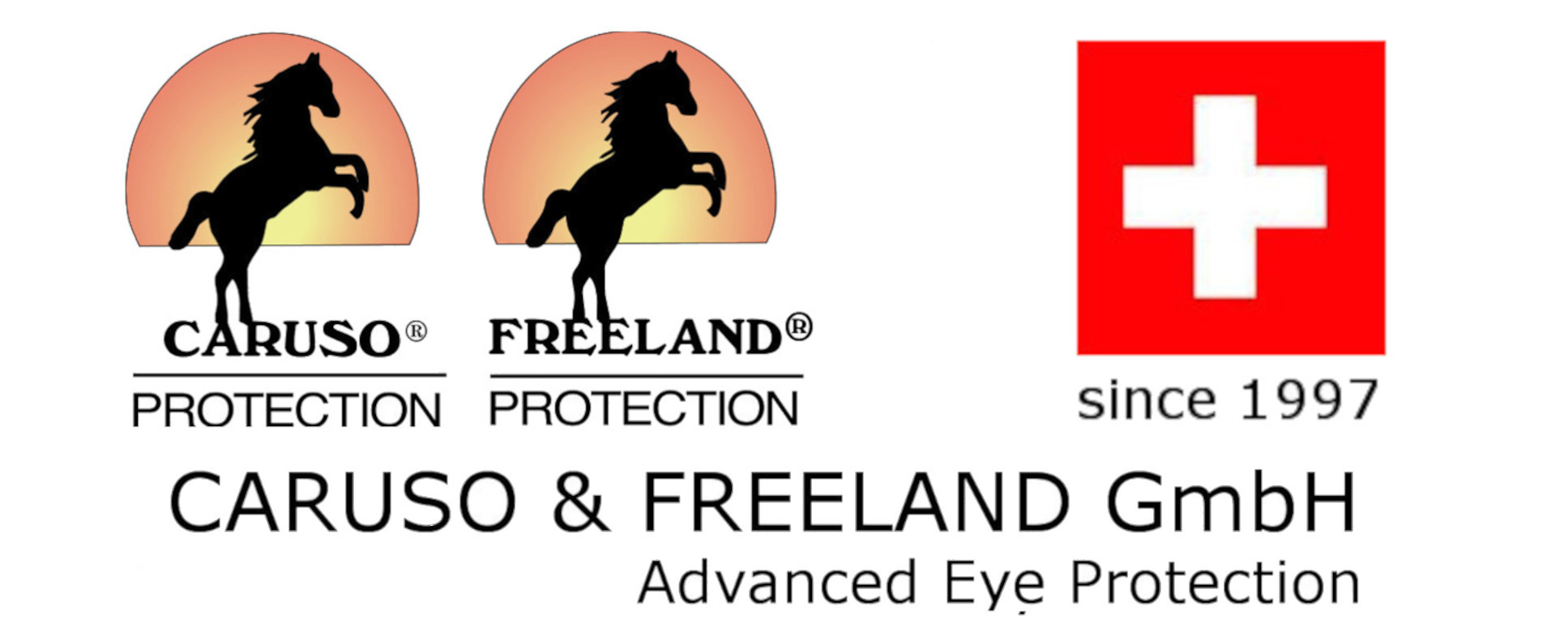Estimadas señoras y señores
Nos complace que se interesen por nuestros datos científicos. Esperamos contribuir positivamente a aumentar la protección ocular de toda la población.
Sólo obtendremos una imagen más precisa si trabajamos juntos en diferentes disciplinas y compartimos nuestros conocimientos.
Colaboramos estrechamente con expertos en medicina, biología, meteorología, oftalmología, dermatología, escuelas técnicas superiores, universidades, seguridad laboral, autoridades sanitarias e industria.
Nuestra empresa CARUSO & FREELAND GmbH lleva más de 20 años invirtiendo en Investigación y desarrollo sobre protección ocular y la piel.
Si está interesado en una cooperación, póngase en contacto con nosotros.
PAPER
Assessment of the Blue Light Ocular Hazard by Solar Measurements and the Impact of Selected Sunglasses Based upon the Limits of the International Commission on Non-Ionizing Radiation Protection Guideline
Krejci, Martin; Caruso, Giuseppe
A quantitative assessment of the blue light hazard for the human eye related to direct solar irradiation is presented. For six radiation situations, missing eye protection was compared to protection by nine different commercial sunglasses with and without an optimized blue light filter. Measurements of the solar irradiance were performed on Earth’s surface as well as at an elevation of 12 km in the cockpit of an airliner. An irradiation time limit was calculated from the measurement data, within which the maximum blue light dose of 100 J m −2 , recommended by the International Commission on Non-Ionizing Radiation Protection and mandatory for the safe operation of lamps according to the norm ICE 62471, is reached. The results suggest that the blue light dose limit is violated within less than 3 s when looking without eye protection directly into the sun. For Category 3 sunglasses without the optimized blue light filter, time limits of 10 to 25 s on Earth’s surface and 7 to 8 s at 12 km altitude were observed. The investigated Category 3 sunglasses with optimized blue light protection and suited for traffic use allow a time limit of more than 40 s on Earth’s surface and 18 to 95 s in the airliner’s cockpit. The outcome of the study is that the eye protection against blue light hazard related to solar radiation can be quantified using existing limits and that the choice of sunglasses is relevant: Traffic-worthy sunglasses optimized for protection against blue light hazard offer a better protection than non-optimized sunglasses.
Under this link you can purchase the scientific article:
